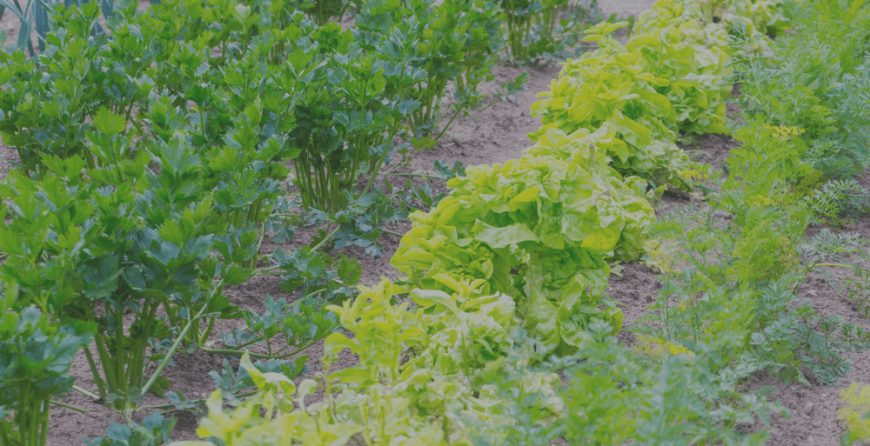 The benefits offered by organic gardening such as; protecting the environment from the effects of toxic chemicals and reducing the pesticides you consume have led to an upsurge of organic gardeners. However, the belief that organic gardening is expensive puts off a number of potentially successful organic gardeners. But just like all skills, you can learn the intricacies of gardening as you grow delicious and fresh vegetable produce. You just need to start from somewhere. It could be in your backyard and with one or two crop types. Below are a few tips to get you started.
The benefits offered by organic gardening such as; protecting the environment from the effects of toxic chemicals and reducing the pesticides you consume have led to an upsurge of organic gardeners. However, the belief that organic gardening is expensive puts off a number of potentially successful organic gardeners. But just like all skills, you can learn the intricacies of gardening as you grow delicious and fresh vegetable produce. You just need to start from somewhere. It could be in your backyard and with one or two crop types. Below are a few tips to get you started.
Preparing the soil
The soil is your garden’s base and the determinant of how well your crops will perform. As such, the soil should be properly conditioned with the necessary nutrients. Just like you, plants have to feed on fresh nutrients that boost their health and stamina. The best way to determine your soil quality is getting it tested, knowing the nutrients it contains and lacks. You can use a home testing kit or send samples to your local agricultural office. You get a detailed breakdown of your soil’s nutrients and pH levels.
Be sure to tell your agricultural office that you are transitioning to organic gardening. That way, they will assist you in understanding the results and advise on what you should add and how you should add it organically. However, it is advisable to test your soil during fall and implement the expected changes before winter so that they are absorbed during winter. If you lack the testing resources, just ensure that the soil is adequately humid. Add organic manure from livestock, mixed in compost, grass, and leaves.
How to make good organic compost
Organic gardens thrive because of quality compost. As such, it is important to make your compost because you get to determine its contents. Quality compost conserves soil water, feeds the plants, reduces the presence of weeds, and keeps yard and food waste out of sight. Quality compost is derived from balancing the right nitrogen ratio, carbon-rich organic waste, air, water, and soil.
To get started, designate a corner or three feet square within your garden and heap your compost or place a composting container in place. Add altering layers of brown material, garden trimmings, leaves and green materials like manure and kitchen scraps with thin soil layers in between. Cover the pile with about 5 inches of soil. Keep turning the pile as you add new layers and water. A well-maintained compost rarely smells bad but if it does, add carbon matter. Spread your compost around plants or within the garden soil.
Choose the right plants
You may have the best soil and compost but choosing the wrong plants will cost you time and resources because they will not thrive. You must go for plants that are native to your area or can thrive under your region’s micro-conditions. Go for plants that adjust to the different lighting, drainage soil quality and moisture with ease. Also, when shopping for seedlings, buy seeds that were raised organically without pesticides and chemical fertilizers. Visit your local farming market and ask for native plants that are also organically raised.


